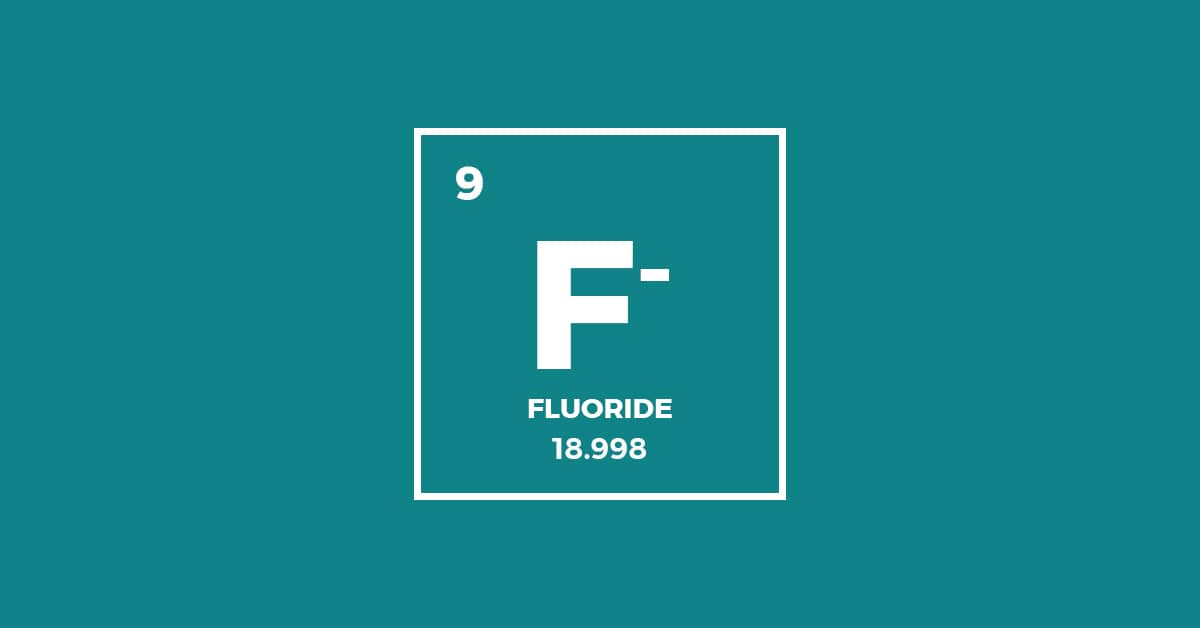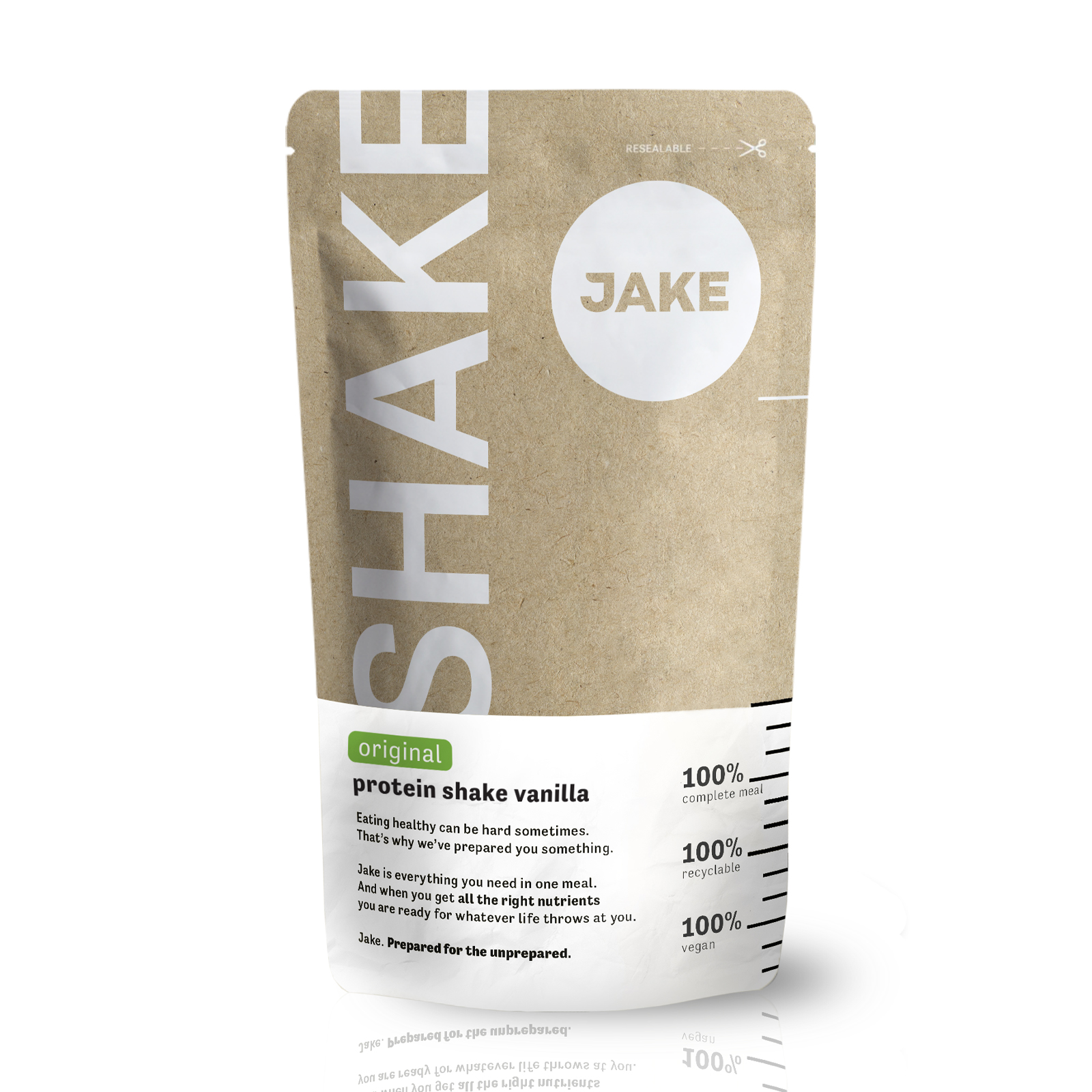6-minute read•September 4th, 2018
At the beginning of the 20th century, the young dentist Frederick McKay opened his first dental practice in Colorado Springs. He discovered that many locals had terrible brown stains on their teeth. The cause of the stains remained unknown for another 30 years until McKay and his colleagues found out that fluoride had a role to play in tooth decay. Lucky for you, it will take you only five minutes to find out everything you need to know about fluoride.

Short on time?
Best known for: Keeping your teeth healthy.
Good sources: Most foods contain very little fluoride. The major source of fluoride is drinking water. Dental products such as toothpaste also contribute to your fluoride intake.
Adequate intake (AI): 0.05mg per kg of body weight. The tolerable upper intake level (UL) is 0.12mg per kg of body weight.
Good to know: Fluoride content varies greatly across brands of bottled water. Many brands don’t contain any fluoride and others contain too much. If you primarily drink bottled water, pay attention to labelling to ensure you’re not getting too much fluoride.
Fluoride in Jake: None.
What is fluoride?
Technically, fluoride is not an essential nutrient, because it’s not involved in vital bodily functions and there are no known signs of fluoride deficiency. That being said, a small amount of fluoride can be beneficial for dental health.
As an average adult, you have about 2.6 grams of fluoride in your body, most of which is in your bones and teeth.
Around 80% of the fluoride you ingest is excreted via the kidneys or with your sweat.
Function of fluoride in your body
Fluoride partners with other minerals in your body to prevent tooth decay.
To understand how fluoride works, imagine a tooth. Its surface, or enamel, is primarily made up of hydroxyapatiteHydroxyapatite is a major component of bones and teeth. It gives bones and teeth their rigidity. crystals. These crystals contain minerals like calcium and phosphorus. Every time you eat, bacteria in your mouth turn sugars from your food into acids. These acids break down the hydroxyapatite crystals, leading to loss of minerals from your teeth. This process is called demineralisation. If left unchecked, demineralisation would eventually cause caries. Thankfully, there’s also a process that counterbalances tooth demineralisation and is conveniently called ‘remineralisation’. Remineralisation is the process of replenishing the minerals in your enamel.
This is where fluoride comes in. Fluoride in your mouth speeds up remineralisation by attracting minerals back to the damaged areas on your teeth. Fluoride also replaces some of the components of hydroxyapatite, resulting in a new mineral, fluorapatite. Fluorapatite crystals are harder and more resistant to acids than hydroxyapatite crystals in your enamel. The presence of fluorapatite crystals in your enamel increases your teeth’s strength and resistance to caries formation.
How much fluoride do you need?
Fluoride isn’t an essential nutrient. However, to get the benefits of caries prevention, daily fluoride intake of 0.05 mg per kg of body weight is recommended. This amount applies to fluoride from all sources – including food, water and your toothpaste.This is the adequate intake (AI) established by the European Food Safety Authority (EFSA). In reality, toothpaste and drinking water are the major sources of fluoride for the average adult. Toothpaste alone contributes about 0.4 mg of fluoride to your daily intake. Depending on its fluoride content, your drinking water can provide an additional 2.1 mg of fluoride/day on average.
Sources of fluoride
Most foods have low fluoride content. Much more abundant sources of fluoride are drinking water and dental products such as toothpaste.
Toothpaste and other dental products are significant and potentially sufficient sources of fluoride for most children and adults in developed countries. Especially children under the age of 7 are likely to swallow between 10% and 100% of the toothpaste they use, which can add up to half of the recommended daily amount of fluoride. These amounts of fluoride, combined with intake from water, can quickly add up. That’s why it’s important to supervise children while brushing their teeth, to avoid excess fluoride intakes.
Concentrations of fluoride in drinking water vary across countries. For example, water in the Netherlands naturally contains between 0.04 and 0.23 mg fluoride/litre, whereas water in Germany can reach concentrations of up to 1.1 mg fluoride/ litre.
In some regions, where groundwater is low in fluoride, it’s added artificially to the public water supply. This practice is known as water fluoridation and was initiated in the US in the 1940s. In the EU, only Ireland and parts of Spain, Portugal and the UK currently still fluoridate water. It remains a controversial practice, as studies from the last decade observe that it might be less relevant for caries prevention in developed countries where use of fluoride-containing dental care products has become widespread. A recent Cochrane reviewSource:Cochrane Database of Systematic Reviews also found no conclusive evidence that water fluoridation is effective in reducing caries in adults. At the same time, combined with fluoride intake from dental products and foods, water fluoridation could contribute to high fluoride intakes and the negative health effects associated with them.
Although less significant, some foods also naturally contain fluoride. Some examples are:
| Food | AI (%)* | Fluoride (mg) |
|---|---|---|
| Sardines, canned (100g) | 31% | 1.1 |
| Grape juice (100g) | 4% | 0.14 |
| Crab, canned (100g) | 6% | 0.21 |
| Rice, cooked (100g) | 1% | 0.04 |
* Based on the adequate intake (AI) established by EFSA for an average adult with body weight of 70 kg (3.5 mg/day).
What if you’re not getting enough fluoride?
There are no known consequences of fluoride deficiency. The only known consequence of low fluoride intake is an increased risk of caries. However, fluoride deficiency itself is not the cause of caries.
In the EU, you can find the fluoride content of bottled water that contains more than 1.5 mg fluoride/litre on the bottle. If the label just says “contains fluoride”, the fluoride content is between 1 and 1.5 mg/litre. If there’s no mention of fluoride on the bottle at all, you can assume that the fluoride content is between 0 and 1 mg/litre.
How much fluoride is too much?
Excessive fluoride intake can be harmful to your health. One of the first consequences is dental fluorosis, a dental disease characterised by white spots on your teeth. The more severe the fluorosis, the more noticeable the spots. Children under the age of 7 are at a greater risk of consuming too much fluoride, because they often swallow toothpaste. To avoid dental fluorosis, children should be closely supervised while brushing their teeth.
If you consume more than 20 mg of fluoride per day (>6 times the AI) for several years, it can also affect your bones, causing skeletal fluorosis. The consequences range from increased bone mass to stiffness and joint pain. In its most severe form, skeletal fluorosis can be crippling.
High doses of fluoride consumed in one go can be poisonous. The minimal dose that causes poisoning symptoms is about 0.5 mg / kg of body weight (10 times the AI). Symptoms of fluoride poisoning include nausea, abdominal pain, general weakness and sweating. A dose of 15 mg/kg of body weight (300 times the AI) can be lethal.
To avoid adverse effects, keep your fluoride intake under 0.12 mg/kg of your body weight. This amount reflects the tolerable upper intake level (UL) established by the European Food Safety Authority (EFSA).
Do you water your plants with tap water? It might not be such a good idea if you live in an area where water is fluoridated or naturally high in fluoride. A high fluoride content in water can slow the growth of your plants and turn their leaves yellow. To avoid this, switch to rainwater or distilled water.
Take-aways
The three things to keep in mind about fluoride are:
- Fluoride is not an essential nutrient, though it can be beneficial to prevent caries.
- You’re likely to get most of your fluoride from drinking water and toothpaste. Some fluoride is also found in foods such as sardines and grape juice.
- Too much fluoride can be harmful to your health, so keep your intake under 0.12 mg/kg of body weight, and don’t swallow your toothpaste!
Afraid to miss out on essential nutrients your body needs? You can always take our Jake meal replacement shakes or one of our delicious meal replacement bars.








